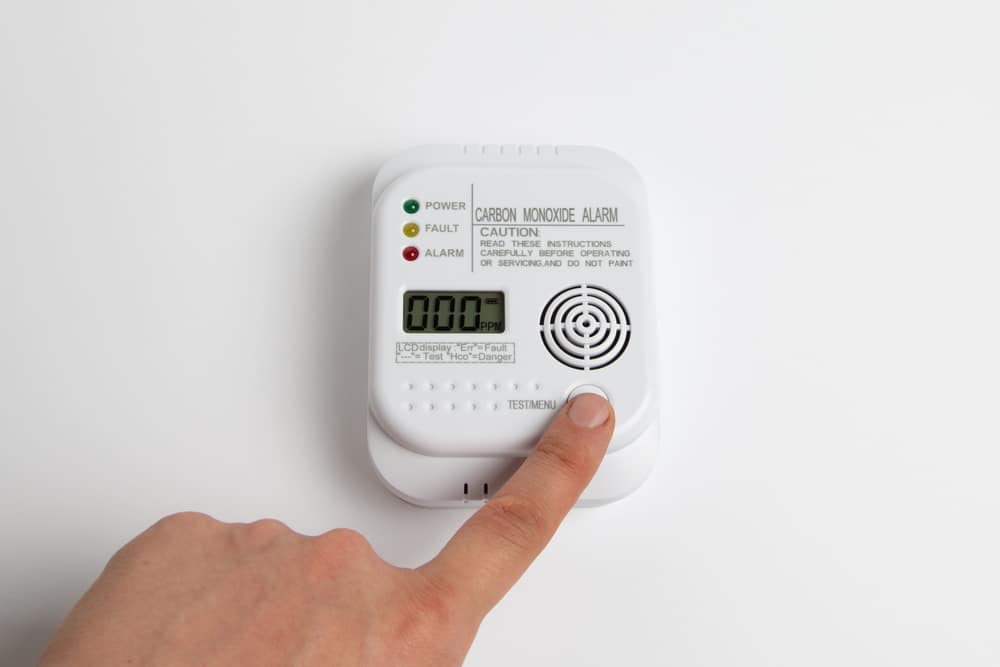The Invisible Threat: Why Carbon Monoxide Alarms Are Essential
Carbon monoxide (CO) is a silent, odourless, and tasteless gas that can be lethal. It’s produced by the incomplete burning of fuels such as gas, oil, wood, and coal. Common household appliances like boilers, fireplaces, and gas cookers can emit CO if not properly maintained.
In the UK, CO poisoning leads to around 40 deaths and 200 hospitalisations each year. Despite this, many homes still don’t have a carbon monoxide alarm installed. A recent study found that 27% of UK households remain unprotected.
What Carbon Monoxide Alarms Can Do
Early Detection Saves Lives
CO alarms detect dangerous levels of carbon monoxide and sound an alert, giving you time to leave the property and get help. Early warnings can make all the difference in avoiding serious harm.
Compliance with Legal Requirements
Landlords in England are legally required to install CO alarms in rooms with fuel-burning appliances, apart from gas cookers. Ensuring your home meets these legal standards is vital for tenant safety and compliance.
Peace of Mind
Knowing you have a working CO alarm provides reassurance that your home is protected against this silent danger.
What Carbon Monoxide Alarms Can’t Do
They Don’t Prevent CO Production
While they detect the gas, they can’t stop it from forming. Regular servicing of appliances is essential.
Not a Substitute for Smoke Alarms
CO alarms detect gas—not smoke or fire. You’ll need both types of alarms to cover all safety bases.
Require Regular Maintenance
Alarms have a lifespan and need regular testing and battery changes to remain effective.
Recognising the Symptoms of Carbon Monoxide Poisoning
Because CO is invisible and odourless, recognising physical symptoms is crucial. Early signs include headaches, dizziness, nausea, shortness of breath, and confusion. Symptoms often feel flu-like but without a fever. Prolonged exposure can lead to unconsciousness or even death. If you suspect CO poisoning, leave the property immediately and seek medical attention.
Where Should You Place a Carbon Monoxide Alarm?
For maximum protection, install CO alarms near any fuel-burning appliances, such as in kitchens, utility rooms, and near boilers. It’s also recommended to have one in sleeping areas so you can be alerted during the night. Avoid placing alarms too close to windows or extractor fans, as this could affect their ability to detect gas. Always follow the manufacturer’s placement guidelines for best results.
Conclusion
Carbon monoxide alarms are an essential part of home safety. They provide crucial early warnings, but they don’t replace regular appliance maintenance or the need for smoke alarms. Knowing the symptoms of CO poisoning and placing alarms correctly adds another layer of protection for you and your family.
For a range of trusted carbon monoxide alarms, visit ERF Electrical. We’re here to help you protect what matters most.


